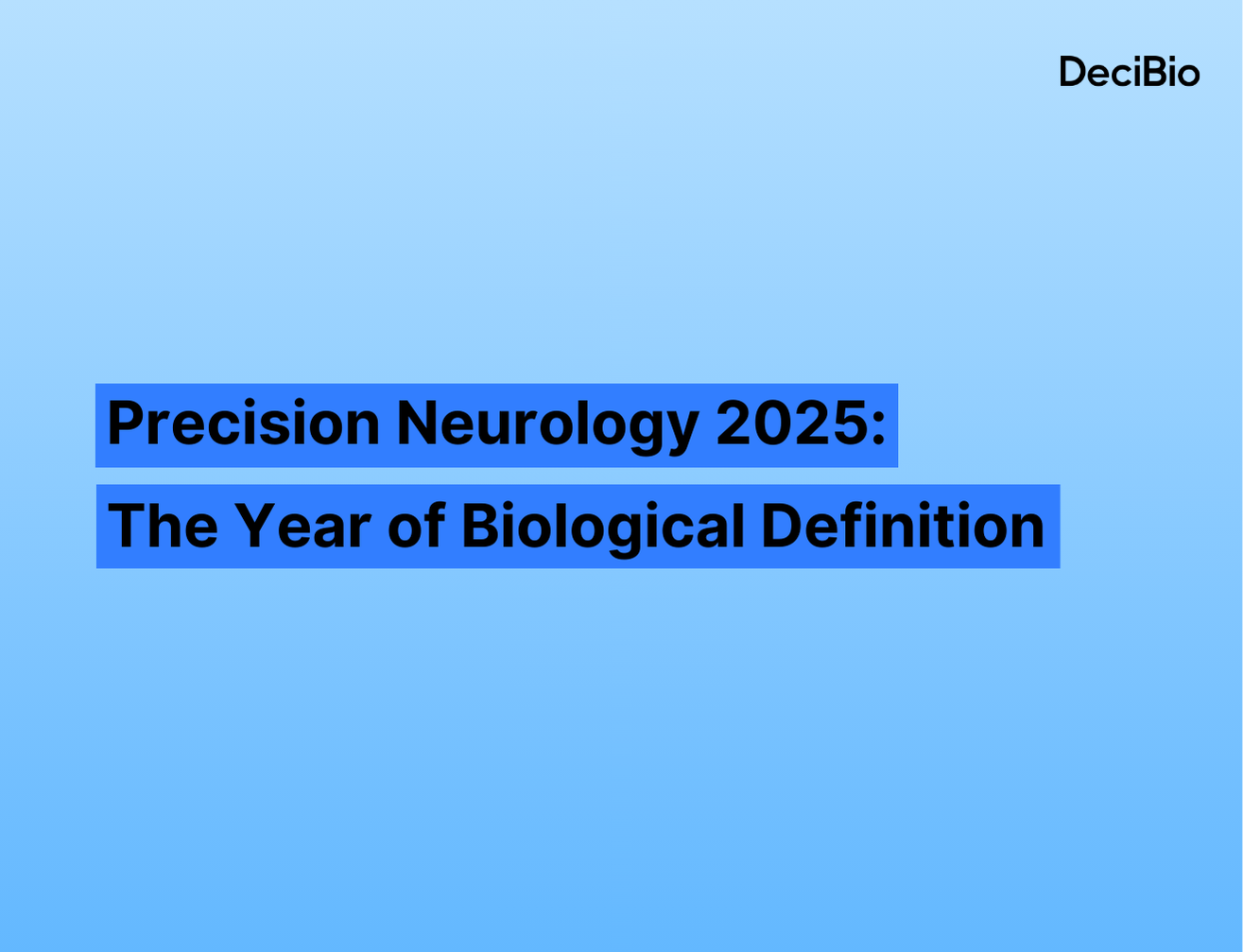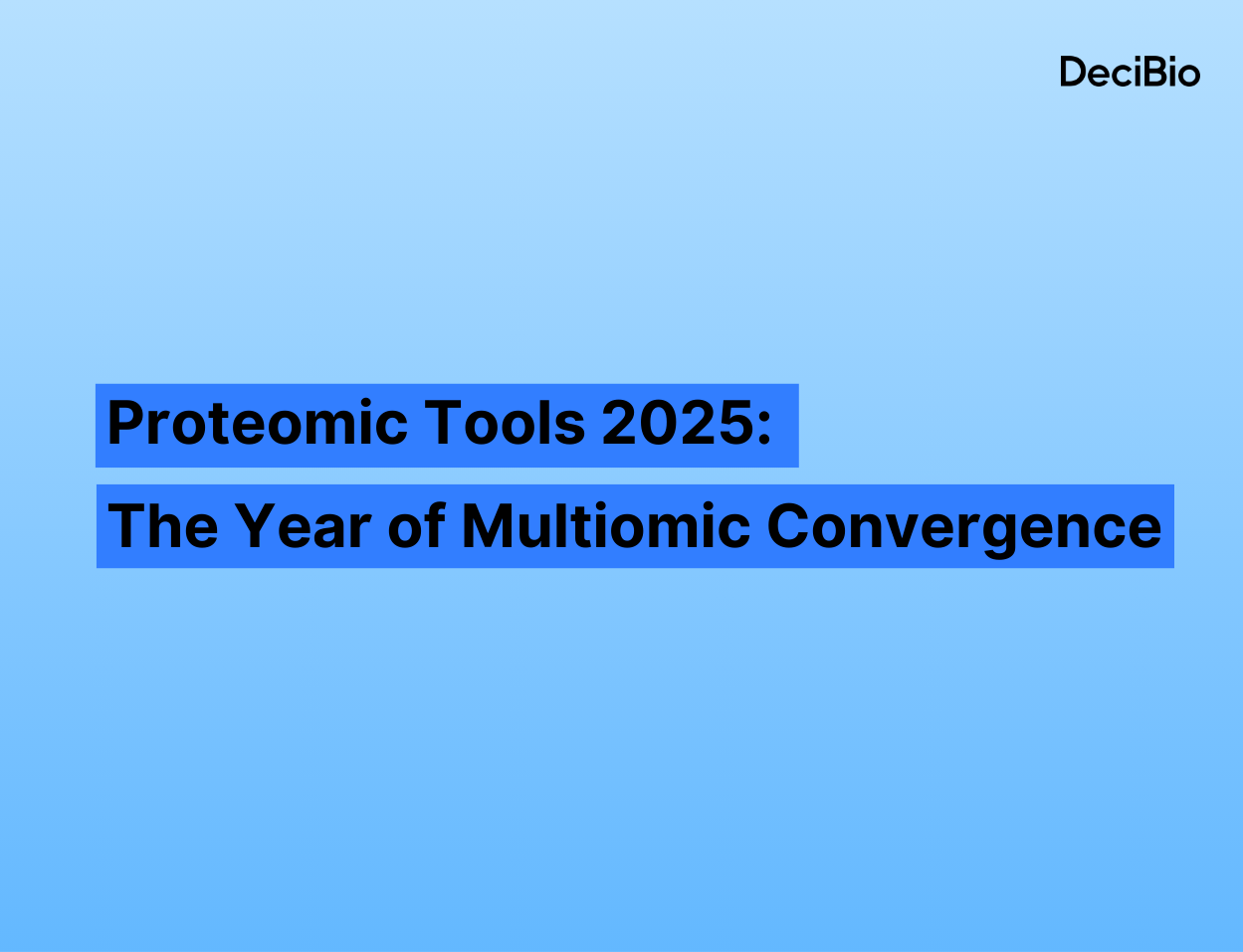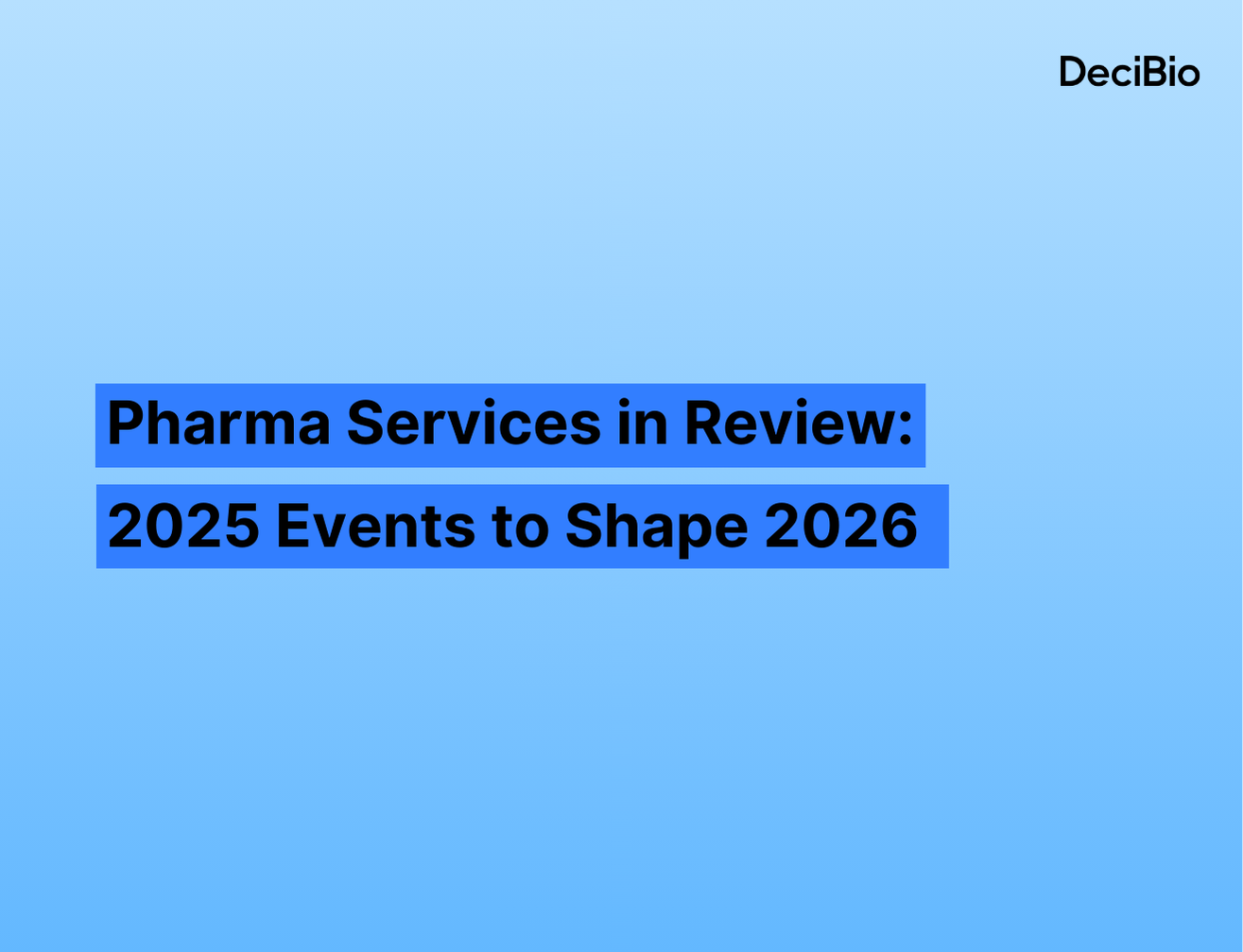We had the pleasure to speak with Peter Olagunju, a cell therapy pioneer who has spent time at companies such as Dendreon, Bluebird Bio, and TCR2, and currently serves as an Independent Board Director for March Biosciences. He shares his insights on the history of cell therapy and how the field can move forward.
Peter, thanks so much for sitting down with us. To start, could you give us a bit of your background and how you first got into the cell therapy field? You’ve seen the field in some of its earliest days.
Thanks for having me. I've been in the industry for over 20 years, primarily focusing on cell and gene therapy. My journey in cell and gene therapy began with a company called Targeted Genetics. They were a spin-out of Immunex in Seattle and were initially focused on developing assets using AAV vectors. This was in the late '90s through the early 2000s. I joined shortly after the death of Jesse Gelsinger, who was in a clinical trial for an AAV product sponsored by the University of Pennsylvania.
This event had a profound impact on the industry. It shocked everyone involved and raised serious safety concerns. There had been substantial investments and interest in cell and gene therapies, but we saw corporate investments and partnerships dry up almost overnight. Many programs that had received investment were put on the back burner, and corporate partnerships came to an end.
I then joined Dendreon, which was a great experience. Dendreon was a pioneer in the cell therapy space. But the price of being a pioneer can be quite steep, and that was certainly the case for Dendreon.
Dendreon really set the stage in a way for the present cell therapy field. What were some of the challenges that they faced and are these still relevant today?
Part of the challenge there was articulating the value to external stakeholders and investors. Mitch Gold, the CEO, was on an episode of 60 minutes that had the title, "Will this man cure cancer?" It was an exciting time to be involved in cell therapy, but the flip side was it came with a lot of scrutiny. Many in the field doubted the idea that you could “boost” the immune system to fight cancer. This was a novel idea back then. It was based on an antigen highly expressed in most prostate cancers called PAP. The way our therapy, Provenge, worked was by stimulating an immune response based on that antigen. Because of the lack of understanding regarding the mechanism of action, we had to run two separate phase three trials, there were constant fluctuations in stock value, and, perhaps most importantly, there was concerns around the commercial launch and how do you scale up doses of a medicine like this?
One thing Dendreon did from the start was to secure manufacturing capacity, they took out $500 million in debt to fund the build out of three manufacturing plants—all before the first commercial sale. These three plants had enough capacity to support $2 billion in annual revenue. Many people today might say, "Wow, that's crazy. Why invest so much in manufacturing infrastructure before seeing the demand?" This is where history is really important.
The history at Dendreon links back to another Seattle biotech; Immunex. Immunex had a blockbuster product in Enbrel. Several individuals from the Immunex leadership team became involved in Dendreon, whether on our leadership team or board of directors. When Immunex launched Enbrel, it exceeded everyone's projections. However, they were about 18 to 24 months away from being able to bring on new manufacturing capacity. They couldn’t meet demand and the company faltered. This ultimately made them susceptible to acquisition and Amgen acquired them.
That was a less than ideal outcome for the company. Many people had envisioned Immunex creating a new biotech corridor in Seattle to rival Boston and San Francisco. So, folks who moved to Dendreon from Immunex were determined to not let history repeat itself and setup manufacturing capacity at the outset. That's the backstory that many people don't realize.
Of course, what ended up happening was first-year sales came in at about a quarter of what was expected. That led to subsequent restructuring of the business. We went from 400 employees to about 1800 and then back down to 700, all within about a two-year period.
I think two key points emerged from that situation: Firstly, the scrutiny on manufacturing and the buy versus build decision. Secondly, for personalized cell therapy, the realization that chain of custody and chain of identity are critical. The advent of IT systems to track products, labeling printers, and all bespoke considerations related to personalized medicine became crucial. But again, Dendreon was close to 2,000 people at its peak. These individuals have gone on and seeded the present industry as we know it to usher in CGT2.0.
On the commercial rollout piece, how significant were potential payer reimbursement concerns? Was it really the scale-up that was the most difficult aspect?
It was a multi-pronged situation. Regarding reimbursement, there was a strategic decision made early on by Dendreon's leadership. We felt that given some features of the product and the fanfare around it, there wasn't a need to go the traditional GPO route. We didn't pursue strategic collaborations with companies like McKesson initially. Eventually, they did move to that more traditional model. But the thought was that this procedure would be done in the community setting, in urologists' offices. The pricing structure incentivized urologists—they received $5,000 for the procedure. There was a belief that this was enough to bypass the traditional GPO angle and not have to go through a facilitator.
But for reimbursement, I wouldn't say it was a non-issue. There was a national coverage decision that was delayed for about a year, and that affected the uptake. Again, I think that goes back to the category of any time you're a pioneer, you're in uncharted territory from that perspective. The complex reimbursement environment inhibited the ability for the launch to proceed as it should have.
You helped build out some of these early systems you mentioned on the logistics side. The field has obviously evolved a bit. Where do you see the largest opportunity for streamlining the process as it stands today?
The biggest area for innovation, quite frankly, would be on the quality control side. There's been a lot of discussion and focus on the process and unit operations.
The analytics are still the longest lead-time elements. So, really getting to a place where you can streamline analytics and do that in a batch or repeatable fashion, I think that's the next big lever that's hopefully soon to come. I mentioned on the process side, there have been a number of new manufacturing platforms, whether it's the Prodigy, Cellares Shuttle, Adva, and others, they’ve made big waves. So, the process side has seen a lot of advancement. There's been advancement with electronic batch records, so streamlining the documentation accelerates review time, whether it's at the manufacturing side or a sponsor site.
Quality control and analytics have been relatively under invested in. There’s some early innovation but it’s not yet fully implemented. The industry is still playing catchup around potency assays and what that means. But there are new groups developing interesting technologies, for example Xcell Biosciences, working to try to “train” cell therapies to be more effective cancer killers. It’s really cool science.
Thinking about all the tests that are incorporated here, for example you’re doing sterility tests, you’re making sure the CAR is inserted, is there one test in particular that's the greatest time-sink today?
Traditionally, the test with the longest lead time has been the sterility test. There are new innovations, like rapid sterility tests (ex. BacT Alert, etc.), but still, that isn't widely implemented, and I think there are a number of crops that still have a 14-day or even 21-day requirement for this really simple test.
Potency, of course, has been at the top of the list in the news, especially with regards to reimbursement considerations there. But potency can be a finicky assay. There are multiple different ways that companies have looked to support potency, sometimes running three or four different assays when ideally it should be one. And those are highly complex biological assays.
So, we’ve implicitly been discussing the process and potential hurdles in the area that cell therapies have been applied to most, which are hematological malignancies. You were most recently at TCR2 working on cell therapies for solid tumors and we also just saw Iovance’s approval. Can you tell us a little bit about how solid tumor approaches differ from hematological?
Yes, this is something I’m really passionate about. We’ve seen a lot of promise and outstanding outcomes, especially in things like B-cell malignancies.
On the solid tumor side, there are multiple issues, one being the tumor microenvironment. It's constantly changing to evade anything that would interrupt the path of tumor proliferation. Today, we've looked at multiple cell types—T-cells, CAR-T cells, NK cells, CAR macrophages—all with the goal of making them more successful and durable in the tumor microenvironment. We've seen some initial responses, but they haven't met the objective of being persistent and durable in the tumor microenvironment because tumors evolve, change, resist, and overcome based on what they're exposed to.
There are groups trying to address these challenges, such as Arsenal Bio with their logic gating work, to create conditional activity based on what the cell therapy is exposed to. Moonlight Bio is another company spun out of UCSF trying to understand the root cause of tumors’ ability to evade the immune system to see if that might elucidate strategies we could leverage or target, for example.
At the end of the day, from a patient perspective, there's still that large unmet need when you think about the advancements in B-cell malignancies. That's still just about 10% of all cancer deaths, with the majority of deaths attributable to solid tumors.
On the solid tumor front thinking about persistence, how does that impact the conversation around autologous versus allogeneic therapies?
For a long time in our industry, there's been this ongoing debate, which is honestly a false narrative of autologous versus allogeneic, with versus being the key word here. There's such a large unmet need across so many different disease types, that there’s more than enough room for both and certainly autologous strategies have had a head start.
Each strategy poses a unique challenge. For autologous, it’s an engineering challenge. The pharma industry has been historically successful in overcoming engineering challenges when you think about large-scale manufacturing and reactors, like in transitioning from small molecules to large molecules. But it’s still something to consider.
On the allogeneic side, it's a biological challenge. It's this idea of editing in and editing out certain elements of genetic code so that your starting materials are broadly applicable for as many patients as possible. It's no small feat. I still think it's early days and there's going to be time for those innovations to mature and really broaden access.
So, turning to the first cell therapy approval for solid tumors, can you share your perspectives on Iovance’s commercial roll-out, and any challenges you think they might bump up against?
I have to applaud Iovance and how they have been able to rise to the challenges to have a robust initial commercial launch. They're doing really well, and I think that has been aided by the fact that they had set up a compassionate use study. This was fortuitous as they had a delay in approval due to challenges with their potency assay. In that interim two-year period, they setup a compassionate use study. So, they got all of the operations and the manufacturing setup. Because of that study, they had close to 50 sites that were ready to begin the commercial manufacturing process within a week of approval. Also, when you think about the pipeline of patients, the experience of physicians being able to get used to a process and understand the patient pathway, the overall reimbursement process, they were able to setup this pipeline before approval was received – I think this all contributed to a more expedited launch and market adoption for that.
Many sponsors are trying to get to market as quickly as possible. As a result, generally speaking, either the CMC side or the commercial side lags the other in terms of progress. Iovance’s delayed approval allowed the commercial side to catchup. I think it could redefine what we should expect when we think about cell therapy launches in different indications. But of course, in late-stage development, there are already so many strategic questions so a Phase 4 compassionate use study may not be high on the list of things to do. But they are certainly a great case study to learn from.
Agree, I think the field will be closely watching their launch. Closing out our conversation, what are future trends that you are excited about?
Top of my list has been what we've seen in the M&A space, but also in big pharma collaborating with innovative, nimble biotech. This model is huge for the entire ecosystem because it allows these programs to get to a critical state in their innovation cycle and it allows for participation by large pharma. When I say participation, it’s the financial resources, but also the operational infrastructure that is starting to be significantly built out by some of these companies. A player there that’s made quite a bit of noise in the last 12 to 18 months is AstraZeneca. They have done many recent deals in the industry, including Neogene, Gracell, and Quell for example.
The second one would be the movement into other indications. We talked about solid tumors, but also other disease types such as autoimmune. There was data presented at ASH last December from researchers in Germany showing the ability to use CAR-T therapy to treat autoimmune disorders like lupus. That was amazing. So that's really promising when you think about the magnitude of impact there. Across all approved therapies in cancer, for example there’s been about ~35,000 patients treated in total. If you think about autoimmune diseases you're approaching millions of potential patients.
The last thing that I'll say is on the advancements that we're seeing in enabling technologies. We talked about Xcell Biosciences, RoosterBio, groups like CellFe.
Ultimately, I think the potential pay-off in this industry is huge, but it is a long-game to broaden access. And when I say broad access, I’m thinking about geographies beyond the U.S. and EU. For example, thinking of Sickle Cell as a genetic disorder, the largest population of sickle cell patients is in Nigeria. There’s another significant population in Thailand. For us to really make a sizable impact and broaden access to where they’re needed most, we need to make those advancements in technology. So, I believe there's a reason to invest and as an industry, we need to take that as our broader call to action and call to really collaborate and do something big.
That’s a great reminder of the field’s broader mission. Peter, thank you so much for chatting with us today.
Thank you.
Comments and opinions expressed by interviewees are their own and do not represent or reflect the opinions, policies, or positions of DeciBio Consulting or have its endorsement. Note: DeciBio Consulting, its employees or owners, or our guests may hold assets discussed in this article/episode. This article/blog/episode does not provide investment advice, and is intended for informational and entertainment purposes only. You should do your own research and make your own independent decisions when considering any financial transactions.









